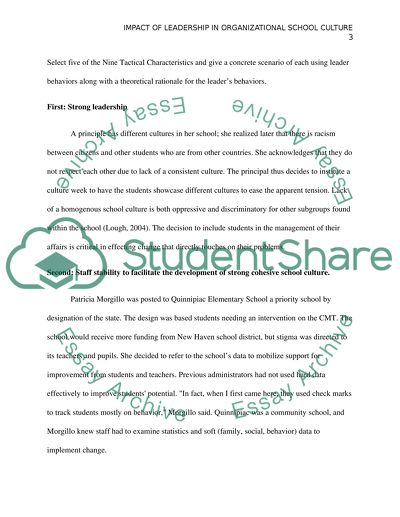Cite this document
(“Impact of Leadership in Organizational School Culture Essay”, n.d.)
Impact of Leadership in Organizational School Culture Essay. Retrieved from https://studentshare.org/education/1700851-impact-of-leadership-in-organizational-school-culture
Impact of Leadership in Organizational School Culture Essay. Retrieved from https://studentshare.org/education/1700851-impact-of-leadership-in-organizational-school-culture
(Impact of Leadership in Organizational School Culture Essay)
Impact of Leadership in Organizational School Culture Essay. https://studentshare.org/education/1700851-impact-of-leadership-in-organizational-school-culture.
Impact of Leadership in Organizational School Culture Essay. https://studentshare.org/education/1700851-impact-of-leadership-in-organizational-school-culture.
“Impact of Leadership in Organizational School Culture Essay”, n.d. https://studentshare.org/education/1700851-impact-of-leadership-in-organizational-school-culture.


